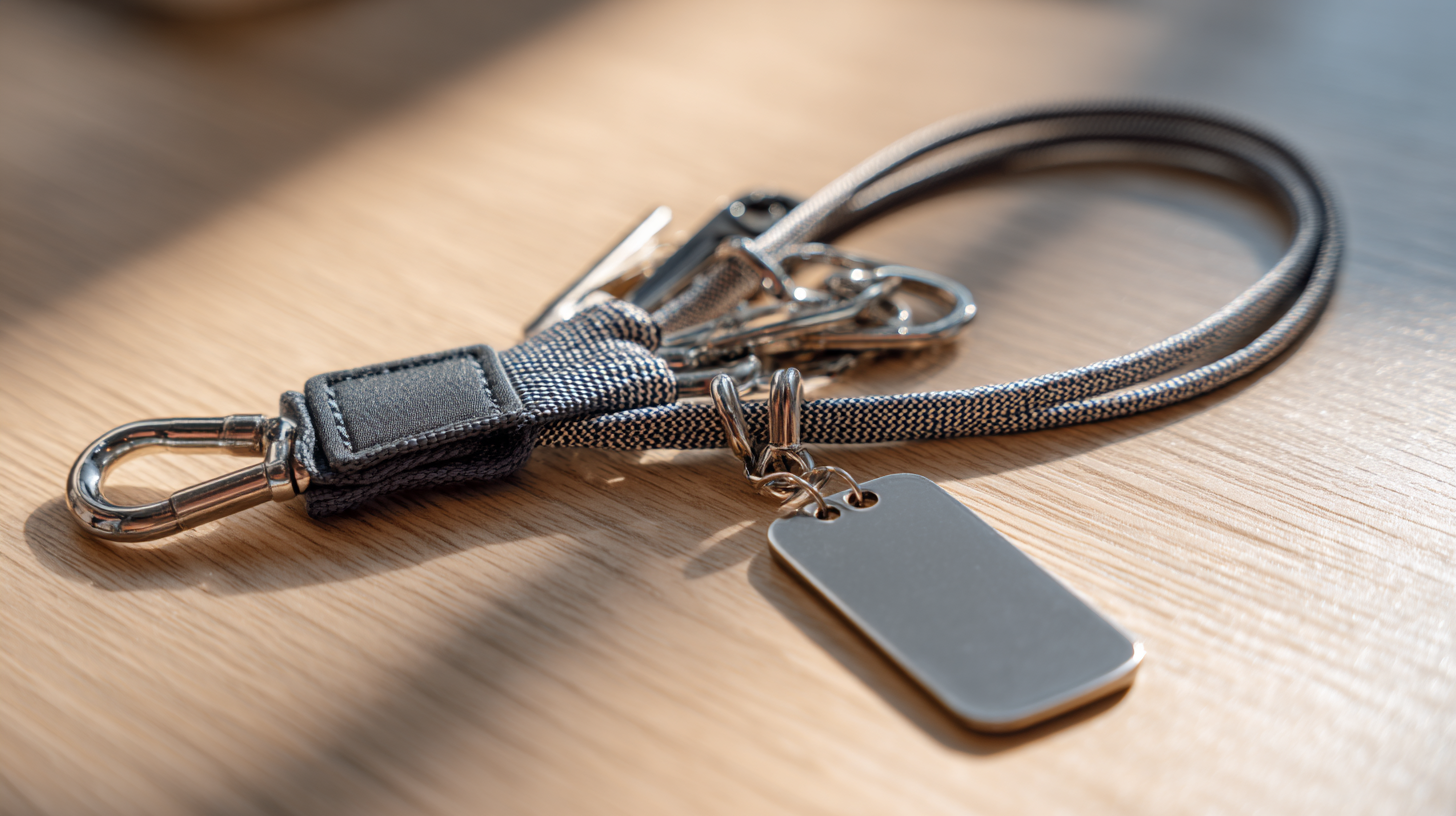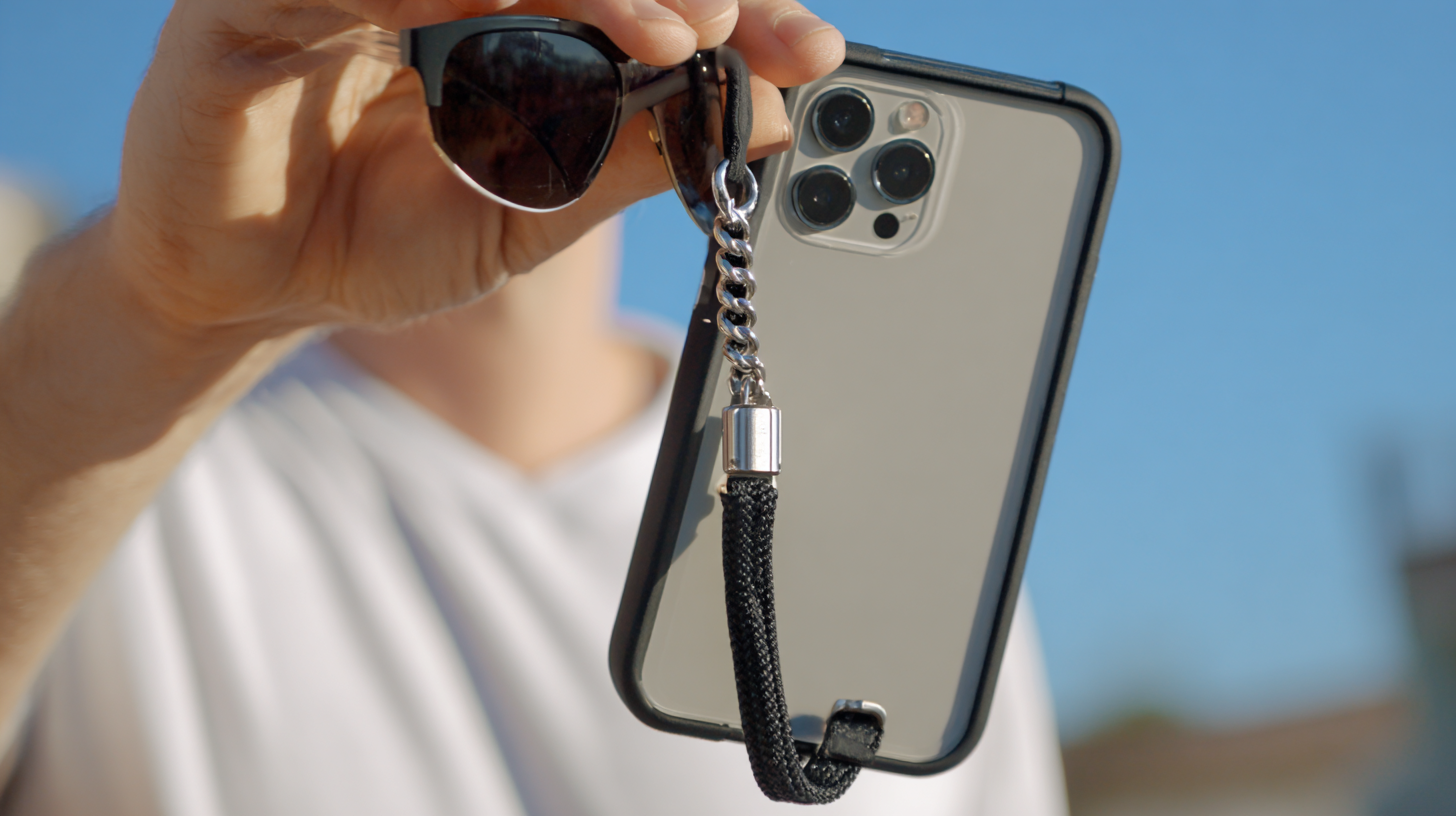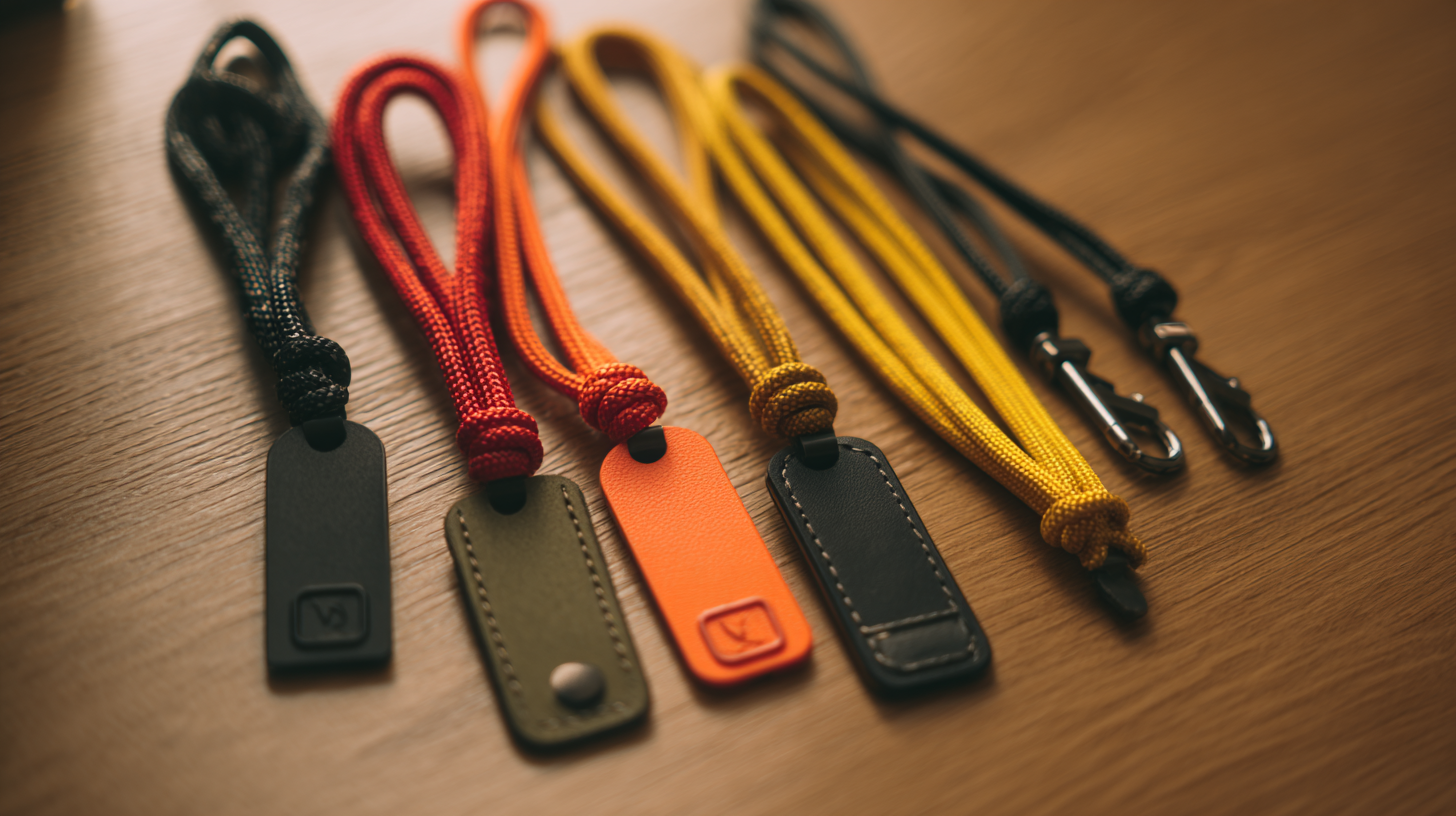 +8617719515640
+8617719515640
- Xi'an X Star Trading Co., Ltd.
- Phone: +86-17719515640
- Email: info@xnvstar.com



In an increasingly digital age, the demand for practical accessories that enhance mobile device usability has surged, particularly for items like the phone lanyard. According to a recent market report, the global mobile accessories market is projected to reach $100 billion by 2025, with phone lanyards gaining traction among consumers seeking convenience and style. Buyers face a myriad of challenges when selecting the perfect phone lanyard, such as material quality, durability, and design aesthetics. Industry experts highlight that an estimated 70% of consumers prioritize functionality over fashion in their purchasing decisions. As global buyers explore various options, understanding the nuances of this accessory becomes crucial for making informed choices that blend both practicality and personal expression.

In the rapidly expanding market for mobile accessories, global buyers face unique challenges when selecting the right phone lanyard. With the refurbished and used mobile phones market projected to rise from $30.49 billion in 2025 to $53.45 billion by 2033, there is a noticeable shift towards practical solutions that enhance device usability. Buyers must navigate diverse materials, designs, and functionalities that cater to various preferences and lifestyles globally.
One key consideration is the compatibility of lanyards with different smartphone models and sizes, especially as shipments are expected to reach 1.26 billion units by 2025, indicating increasing customization needs. Another challenge is sourcing lanyards that strike a balance between style and functionality, as consumers desire accessories that not only provide convenience but also reflect their personal style.
Tips for Selecting the Right Phone Lanyard:

The global phone lanyard industry is poised for notable growth as we move towards 2025, aligning with broader market trends across various consumer accessory sectors. With increasing smartphone usage, buyers are seeking versatile and stylish lanyard options that cater to both functionality and personal expression. As global consumers prioritize convenience in their day-to-day lives, phone lanyards that combine features like durability, adjustability, and aesthetic appeal are becoming essential accessories.
Market projections indicate a significant uptick in the demand for phone lanyards, mirroring trends observed in related markets. For instance, the pet travel accessories segment is expected to grow substantially due to heightened pet ownership and the humanization of pets. Similarly, the phone lanyard market is likely to benefit from a shift towards personalized styles and practical solutions, influencing buying behavior. As we inch closer to 2025, manufacturers will need to stay attuned to these evolving preferences to capture a larger share of this burgeoning market.
When it comes to selecting the ideal phone lanyard, global buyers face a multitude of considerations that significantly influence their purchasing decisions. One of the primary factors is material quality. Buyers often prioritize durability and comfort, as a lanyard needs to withstand daily wear and tear while also offering comfort during extended use. Materials like nylon or silicone can provide the necessary durability, but preferences may vary based on regional climates and lifestyle needs.
Another vital aspect is the design and functionality of the lanyard. Aesthetic appeal plays a crucial role, with buyers looking for options that reflect their personal style. Additionally, the functionality of the lanyard, such as adjustable lengths and secure attachments, can sway decisions. Features that offer quick access or hands-free convenience are increasingly favored in today's fast-paced world. Lastly, brand reputation and price point also emerge as critical factors, as buyers weigh the perceived value of a lanyard against their budgetary constraints. These elements combined shape the decision-making process for global consumers in the competitive phone lanyard market.
When exploring the preferences for phone lanyards globally, significant variations emerge in materials and designs favored by consumers across different regions. Recent studies highlight the trend towards using natural fibers for accessories, reflecting a growing awareness of sustainability. A report indicated that natural fiber composites, such as those made from jute and hemp, are increasingly being adopted due to their eco-friendly properties, appealing particularly to environmentally conscious buyers in Europe and North America.
In addition to material preferences, the design elements also exhibit regional disparities. For example, a comparative analysis of health communication interventions emphasizes the concept of “glocalization,” where global design principles are adapted to meet local cultural aesthetics. This idea can be similarly applied to phone lanyards, where simple, functional designs might appeal to consumers in urban areas of Asia, while vibrant, decorative options could be favored in Latin America. Understanding these regional preferences is crucial for manufacturers aiming to optimize their market strategies and enhance user satisfaction globally.
| Region | Preferred Material | Common Design Features | Average Price (USD) |
|---|---|---|---|
| North America | Silicone | Adjustable Length, Bright Colors | 10.00 |
| Europe | Leather | Minimalistic Design, Professional Look | 25.00 |
| Asia | Nylon | Patterned, Versatile Styling | 15.00 |
| Australia | Cotton | Eco-Friendly, Soft Texture | 12.00 |
| South America | Polyester | Vibrant Prints, Cultural Patterns | 8.00 |
When it comes to selecting the best phone lanyard, buyers are often faced with a myriad of options and challenges. Successful phone lanyard brands, however, have adopted innovative market strategies that not only attract global consumers but also address their primary concerns. For instance, some brands focus on the combination of style and functionality, offering lanyards that are not only practical but also aesthetically pleasing. This dual focus appeals to a broader demographic, making it easier for consumers to find lanyards that fit their personal taste while serving their needs.

Another effective strategy employed by leading phone lanyard brands is the integration of sustainable materials into their products. As eco-conscious purchasing becomes a priority for many buyers, brands that emphasize sustainability can stand out in a crowded marketplace. By showcasing their commitment to the environment—through the use of recycled materials or eco-friendly production processes—these companies not only enhance their brand image but also build trust with consumers who are increasingly concerned about their impact on the planet. This alignment with consumer values can significantly influence purchasing decisions, leading brands to greater success.
